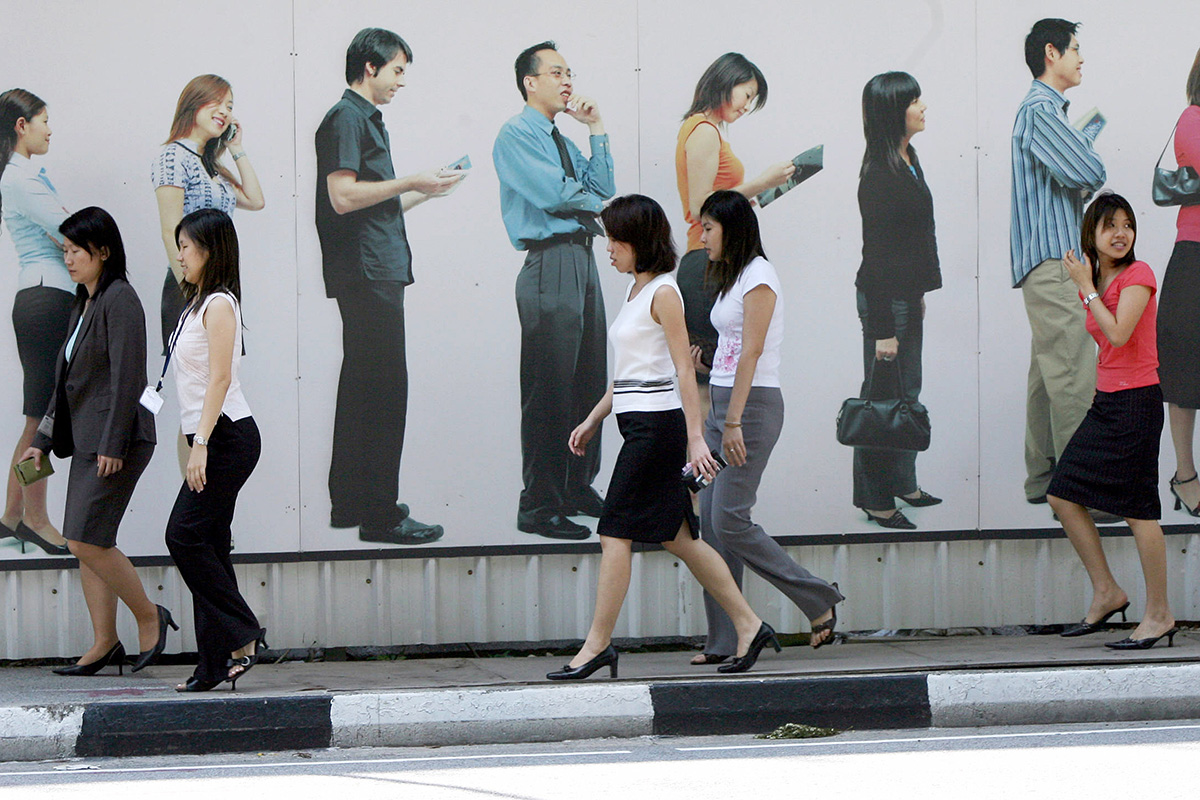Known for its dynamic and diverse community, ASEAN (The Association of Southeast Asian Nations) as a whole makes for the fifth largest economy in the world and the region is expected to grow even further. Despite its accomplishments, the region still falls short in terms of gender equality in key leadership roles and the general workforce. As reported by The Straits Times, there are only 30 women per every 100 men in leadership positions on average in many ASEAN countries.
In a 2015 report published by MGI (McKinsey Global Institute), the GPS (Gender Parity Score) of the ASEAN region along with East Asian nations (excluding China) is currently recorded at 0.62 on the scale of 1.0 – where a score of 1.0 indicates complete parity – in comparison with North America and Oceania who are leading with a score of 0.74 – the highest of any region.
MGI also reported that ASEAN could potentially raise its collective GDP (gross domestic product) by 30 percent or 1.2 trillion dollars if proper initiatives are taken to address issues that are standing in the way of achieving gender equality such as income, infrastructure, integration and institutional gaps within the society – all of which are mentioned in the AEC (ASEAN Economic Community) roadmap.
However, there is still a lingering stigma that is preventing companies and corporations to see that women are just as qualified and capable as their male counterparts. In 2015, the female workforce participation rate in Southeast Asia was charted at only 67 percent. This was brought up by the Australian Ambassador to the Philippines Amanda Gorely in her opinion column for Philstar as she introduces the Philippines-Australia ASEAN Forum on “Women’s Economic Empowerment: The Next Driver of ASEAN’s Success” held between August 29 and August 31, 2017.
The forum was part of the Australia’s IWI (Investing in Women Initiative) – an initiative of the Australian government designed to support the growth of women’s SMEs (Small and Medium Enterprises) through impact investment in Southeast Asian countries including Indonesia, Philippines, Myanmar and Vietnam. The event itself was held as a commemorative activity for ASEAN’s 50th anniversary in response to multi-sectoral discussions that are aimed at promoting empowerment for women within the region.
Importance of gender equality
According to the Projected Gender Impact of the AEC, all ASEAN member states provide constitutional equality between men and women, but the presence and recognition of customary laws often stand in the way of achieving gender equality. Malaysia and Brunei were the only two ASEAN countries that are singled out for not having specific social policies for the protection of women.
Although ASEAN is faced with other challenges, it should still address the issue of gender inequality with greater urgency, whether it is in a working environment, or a social setting. A report by the United Nations concluded that an economy that empowers women is a step forward towards a substantial human development, economic and business gains. The report emphasises that an equal workforce is often associated with a country or a region with better education, higher per capita income, greater international competitiveness, as well as a faster and more inclusive economic growth.
The Philippines has set an example for the region by ranking seventh in the 2016 World Economic Forum Gender Gap Index. It is only a matter of time before other members of ASEAN would follow its lead to create an equal work environment.
Achieving gender equality may not have been in the blueprints when ASEAN was formed 50 years ago, but it is a case that is imperative to be resolved by all members of the region if ASEAN is serious about transforming the region into a competition globally-competitive economy in the coming years.
